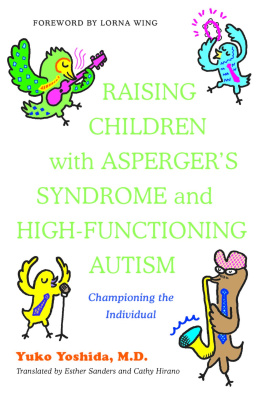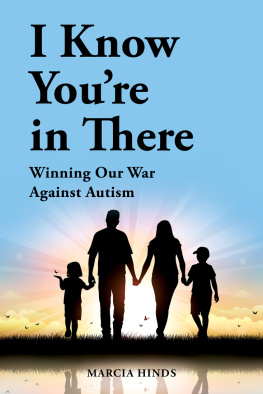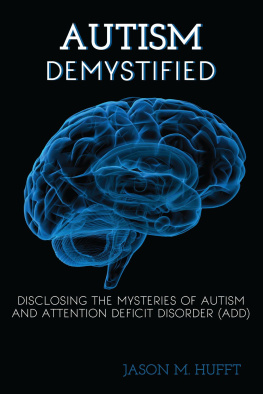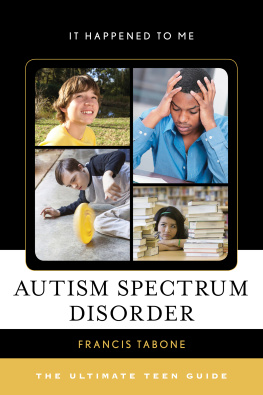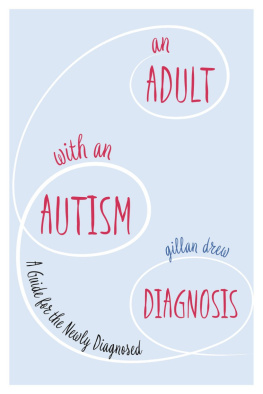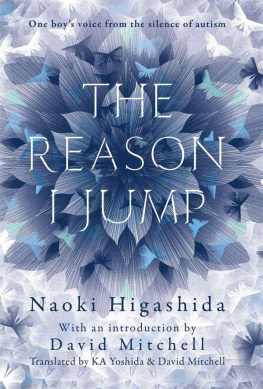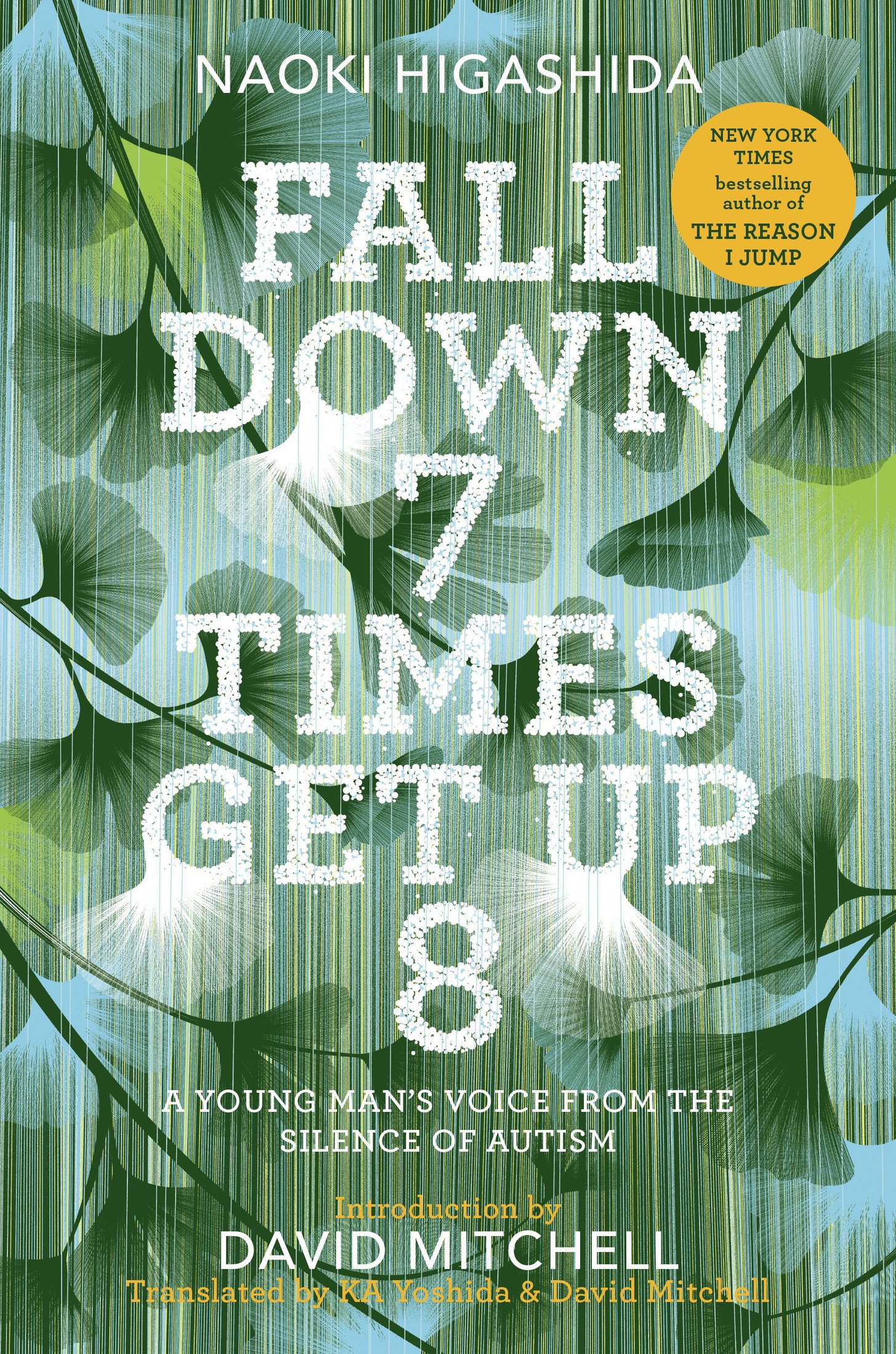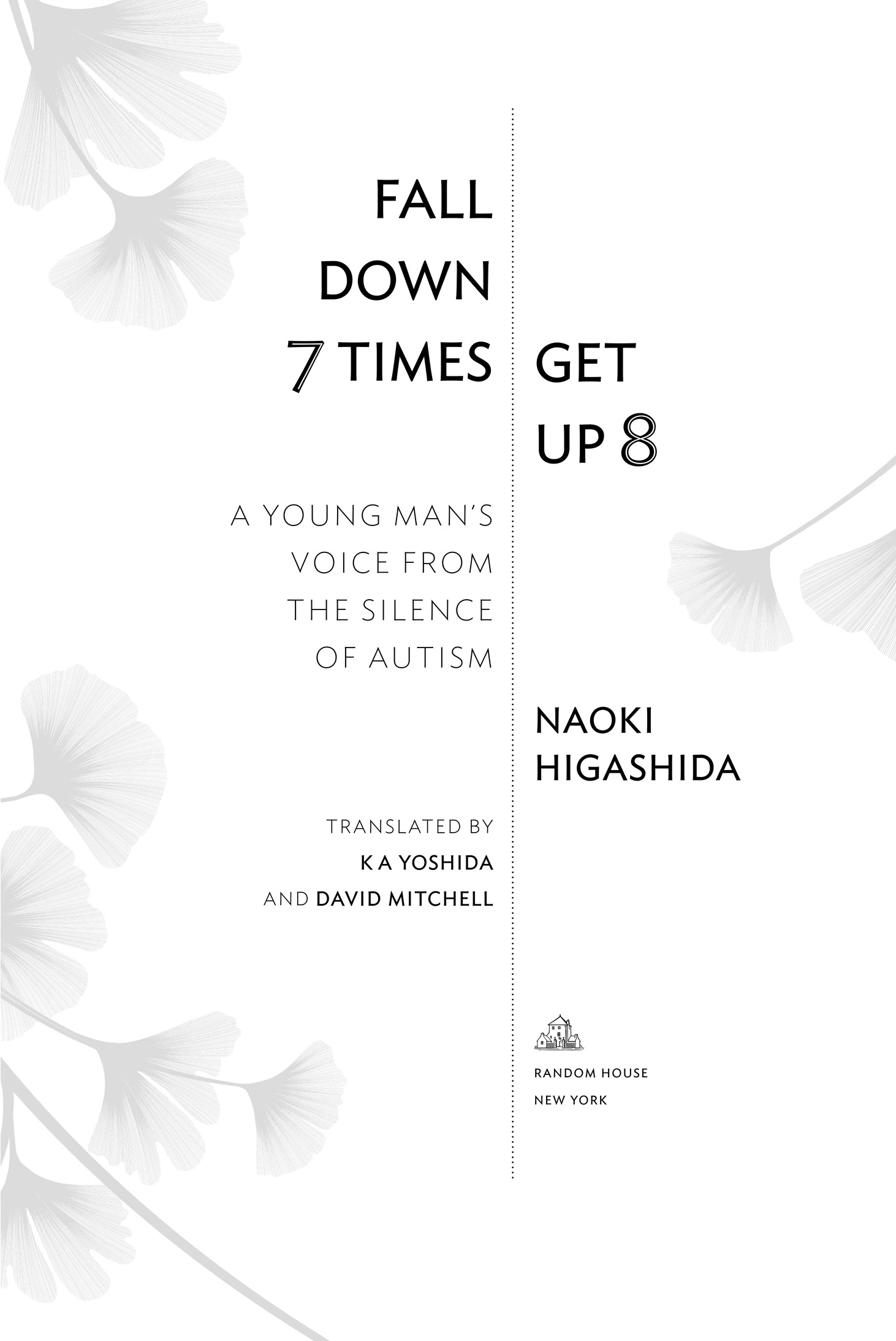This is a work of nonfiction. Some names and identifying details have been changed.
Copyright 2017 by Naoki Higashida and David Mitchell Text
Translation copyright 2017 by KA Yoshida and David Mitchell Text
Introduction copyright 2017 by David Mitchell Text
Illustrations copyright 2017 by Yoco Nagamiya
All rights reserved.
Published in the United States by Random House, an imprint and division of Penguin Random House LLC, New York.
R ANDOM H OUSE and the H OUSE colophon are registered trademarks of Penguin Random House LLC.
LIBRARY OF CONGRESS CATALOGING-IN-PUBLICATION DATA
Names: Higashida, Naoki, author.
Title: Fall down 7 times get up 8 : a young mans voice from the silence of autism / Naoki Higashida ; translated by KA Yoshida and David Mitchell.
Other titles: Fall down seven times get up eight
Description: First edition. | New York : Random House, [2017]
Identifiers: LCCN 2017004105 | ISBN 9780812997392 (hardback) | ISBN 9780812997408 (ebook)
Subjects: LCSH: Higashida, Naoki, 1992 Health. | Autistic peopleJapanBiography. | Autistic peoplePsychology. | Autism. | BISAC: BIOGRAPHY & AUTOBIOGRAPHY / Medical. | PSYCHOLOGY / Psychopathology / Autism Spectrum Disorders.
Classification: LCC RC 553. A 88 H 52 2017 | DDC 616.85/8820092 [ B ]dc23 LC record available at lccn.loc.gov/2017004105
Ebook ISBN9780812997408
randomhousebooks.com
Book design by Simon M. Sullivan, adapted for ebook
Cover design and illustration: Kai and Sunny
v4.1
ep
Contents
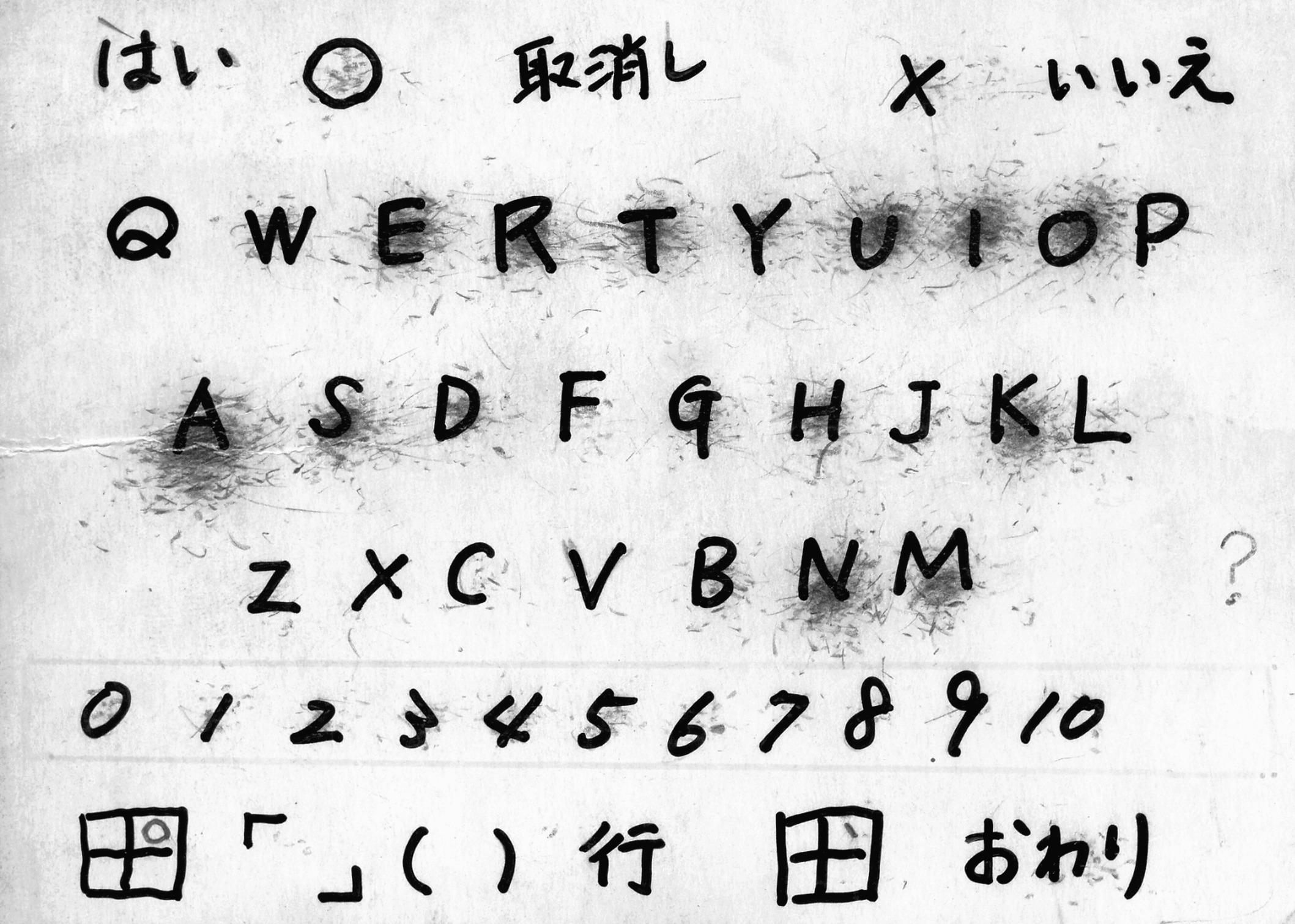



Naoki Higashida is an amiable and thoughtful young man now in his early twenties who lives with his family in Chiba, a prefecture adjacent to Tokyo. Naoki has autism of a type labeled severe and nonverbal, so a free-flowing conversation of the kind that facilitates the lives of most of us is impossible for him. By dint of training, stamina and patience, however, he has learned to communicate by typing out sentences on an alphabet grida QWERTY keyboard layout drawn on a sheet of card with an added YES, NO and FINISHED. Naoki voices the phonetic characters of the Japanese hiragana alphabet as he touches the corresponding Roman letters and builds up sentences, which a transcriber takes down. (Nobody elses hand is near Naokis during this process, a point that alphabet-grid communicators in a skeptical world need to restate ad infinitum.) If this sounds like an arduous way to get your meaning across, youre right, it is; in addition, Naokis autism bombards him with distractions and prompts him to get up mid-sentence, pace the room and gaze out of the window. He is easily ejected from his train of thought and forced to begin the sentence again. Ive watched Naoki produce a complex sentence within sixty seconds, but Ive also seen him take twenty minutes to complete a line of just a few words. By writing on a laptop Naoki can dispense with the human transcriber, but the screen and the text-converter (the drop-down menus required for writing Japanese) add a new layer of distraction. It was via his alphabet grid or his computer keyboard that Naoki wrote every sentence in this book.
I met Naokis writing before I met Naoki. My son has autism and my wife is from Japan, so when our boy was very young and his autism at its most grimly challenging, my wife searched online for books in her native language that might offer practical insight into what we were trying (and often failing) to deal with. Internet trails led to The Reason I Jump, written when its author was only thirteen, and produced by a small specialist publisher. Our bookshelves were bending under weighty tomes by autism specialists and autism memoirs, and while many of these were worthy, few were of much hands-on help with our nonverbal, regularly distressed five-year-old. My wife took a punt on Naokis book because the author was relatively close in age to our son as well as being nonverbal. When the book arrived she began translating chunks of it out loud at our kitchen table, and many of its very short chapters shed immediate light on our sons issues: why he banged his head on the floor; why there were phases when his clothes seemed unendurably uncomfortable; why he would be seized by fits of laughter or fury or tears even when nothing obvious had happened to provoke these reactions. Theories Id read previously by neurotypical authors were speculations that sometimes made sense but sometimes didnt; The Reason I Jump offered plausible explanations directly from the alphabet grid of an insider.
Illumination can mortifyI realized how poorly Id understood my sons autismbut a little mortification never hurt anyone. On YouTube I found a few clips of Naoki and was taken aback at how visibly manifest his autism wasmore so than my own sons. This gap between Naokis appearance and his textual expressiveness made a deep impression. Clearly, he struggled with meltdowns, fixations, physical and verbal tics that not so long ago would have ensured a short bleak life of incarceration. Yet in The Reason I Jump the same boy was exhibiting intelligence, creativity, analysis, empathy and an emotional range as wide as my own. What intrigued me as much as anything was that these last two attributesempathy and emotional rangeare precisely what people with autism are famous for lacking. What was going on? The severity of Naokis autism was documented both in the YouTube clips and in Gerardine Wurzburgs 2010 autism documentary Wretches and Jabberers. This left me with two possibilities: either Naoki Higashida is a one-in-a-million person, who has severe nonverbal autism yet is also intellectually and emotionally intact; or society at large, and many specialists, are partly or wholly wrong about autism.
Evidence against the uniqueness possibility came in the form of other nonverbal writers and bloggers with severe autism such as Carly Fleischmann and (more recently) Ido Kedar and Tito Mukhopadhyay. Naokis ability to communicate might be rare but its not one in a million. The wrong about autism theory is bolstered by the regrettable errors that could serve as chapter headings in the history of autism. Leo Kanner, the pioneering child psychiatrist who first used the word autism in the 1940s in a context distinct from schizophrenia, blamed the condition in part on refrigerator mothersa notion whose public credibility now is on a par with demonic possession, but which maintains some currency in France, South Korea and among an older generation of tenured experts. The 1960s and 70s saw eminent psychiatrists advocating autism cures based on electrotherapy, LSD and behavioral change techniques that utilized pain and punishment. I understand that science progresses over the bodies of debunked theories, and I know that judging well-intentioned psychiatrists from the higher ground of hindsight isnt particularly fair, but when I consider the damage they surely inflicted on children like my son, as well as on parents like me and my wife, I dont feel like being particularly fair. The crux of the matter: what if the current mainstream assumption that people with severe autism have matching severe intellectual disabilities is our own decades big bad wrongness about autism? What if Naokis convictionexpressed in this present bookthat we are mistaking communicative nonfunctionality for cognitive nonfunctionality is on the money?


